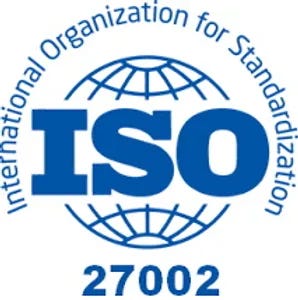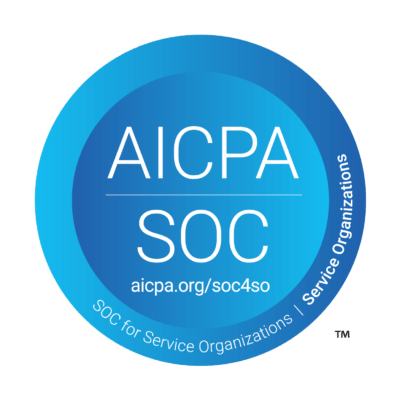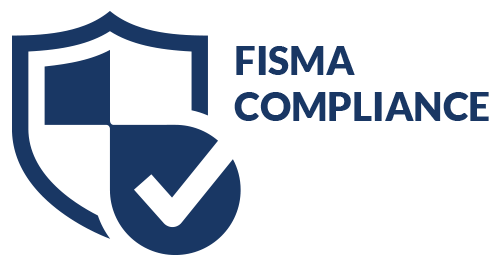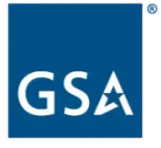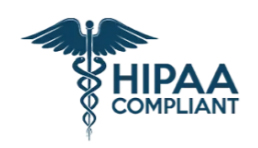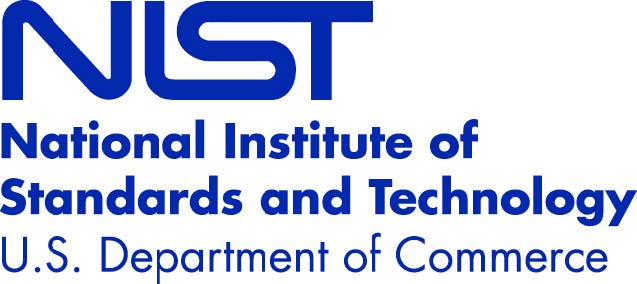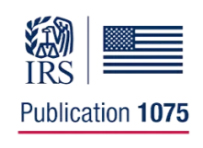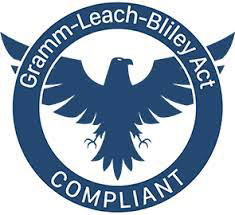In healthcare, patient satisfaction is often at its lowest during peak demand periods, such as flu season, open enrollment, or after a major event. Long wait times, high call abandonment rates, and inconsistent service can frustrate patients and negatively impact a provider’s reputation. Call overflow management is a vital solution that ensures seamless patient interactions, even during periods of high demand.
The Impact of Call Overflow on Patient Experience
According to a study by Salesforce, 76% of patients consider fast response times critical to their satisfaction. Unfortunately, during peak seasons, healthcare contact centers often experience:
- Call Volume Spikes: Sudden surges that overwhelm in-house staff.
- High Abandonment Rates: Patients hanging up due to long hold times, with some estimates showing abandonment rates exceeding 30%.
- Staff Burnout: Overworked staff leading to errors and reduced service quality.
Without proper call overflow management, these issues can escalate, driving patients to seek care elsewhere and tarnishing a provider’s reputation.
How Call Overflow Management Works
Call overflow management involves outsourcing excess call volume to an external provider during peak periods. This ensures that no patient inquiry goes unanswered, reducing wait times and improving satisfaction.
Key benefits include:
- Flexibility and Scalability: Providers can handle unexpected surges without hiring additional staff.
- Improved Patient Retention: Faster response times lead to higher satisfaction and loyalty.
- Cost Efficiency: Outsourcing call overflow is significantly cheaper than maintaining a larger in-house team year-round.
ROI: The Financial Case for Call Overflow Management
A medium-sized healthcare practice implemented an outsourced call overflow solution with TSI during open enrollment. Here’s what they achieved:
- Average wait times dropped by 60%, improving patient satisfaction scores by 18%.
- Abandonment rates decreased by 40%, leading to a monthly retention of 200 additional patients.
- Additional revenue of $500,000 annually from retained patients who would have otherwise sought care elsewhere.
Steps to Implement an Effective Call Overflow Strategy
- Analyze Call Volume Trends: Identify peak periods and average call durations to determine when overflow support is needed.
- Choose the Right Partner: Look for a provider with healthcare-specific expertise, advanced technology, and a proven track record of compliance.
- Define Clear SLAs: Establish service level agreements to ensure consistent quality across in-house and outsourced teams.
- Leverage Technology: Incorporate omnichannel solutions, such as chatbots or AI-driven triage systems, to manage routine inquiries efficiently.
Why TSI is Your Go-To Partner for Call Overflow Management
At TSI, we specialize in seamless call overflow solutions that ensure:
- Tailored Support Access: Patients always receive assistance, even during off-hours or high-demand periods.
- Healthcare Compliance: Our teams are trained to handle sensitive patient information while adhering to HIPAA and other regulations.
- Scalability: Our flexible models can scale to meet your unique needs, whether seasonal or unexpected surges.
Emerging Trends in Call Overflow Management
- AI-Driven Overflow Support: TSI leverages natural language processing (NLP) to handle routine patient inquiries, allowing human agents to focus on complex cases.
- Omni-channel Engagement: Patients now expect support via multiple channels, including phone, email, and chat. TSI’s solutions integrate seamlessly to meet these demands.
Conclusion
Call overflow management is a game-changer for healthcare providers struggling to meet rising patient expectations during peak seasons. By partnering with an experienced provider like TSI, you can ensure exceptional service delivery, protect your reputation, and retain patient loyalty.
Ready to ensure your patients stay satisfied, even during peak demand? Contact TSI today to learn how our call overflow solutions can transform your operations.
